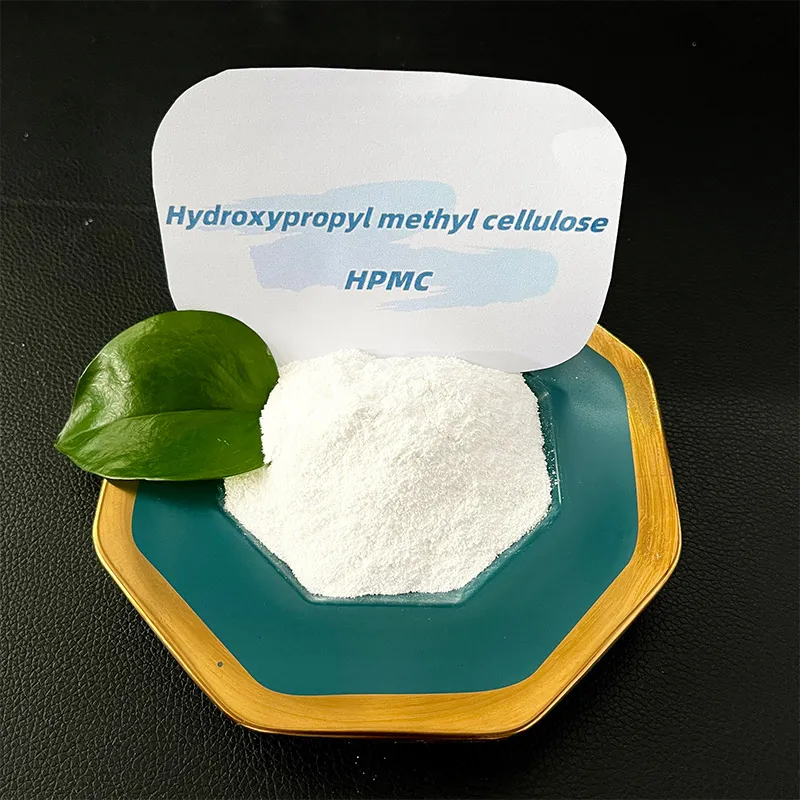
-

Add: HeBei ShengShi HongBang Cellulose Technology CO.,LTD.
-

Email
13180486930@163.com -

CONTACT US
+86 13180486930

Hydroxypropyl Methyl Cellulose HPMC
gen. . 19, 2025 04:04
Back to list
Hydroxypropyl Methyl Cellulose HPMC
Hydroxypropyl Methylcellulose (HPMC) is a multifunctional compound that has become increasingly prevalent in various industries due to its remarkable properties. As an additive, its safety considerations are paramount, especially when used in areas such as pharmaceuticals, food, and cosmetics.
Its biodegradability is another facet that aligns with modern sustainability trends, reducing long-term environmental impact when disposed of correctly. This positions HPMC as a favorable choice for eco-conscious businesses, further expanding its appeal across multiple industries. The production of HPMC involves the chemical modification of cellulose, primarily sourced from wood pulp or cotton linters, followed by rigorous purification processes. Navigating the production landscape safely demands compliance with industry standards to mitigate any potential risks associated with contaminants. Quality control ensures the reliability and safety of HPMC before it reaches the market. For stakeholders, investing in continuous research and development remains crucial. This not only optimizes the application benefits of HPMC but also maintains assurance regarding its safety for various uses. Training and education remain imperative for those handling HPMC, maintaining high safety standards, and ensuring user trust. To conclude, HPMC stands as a paragon of modern chemical engineering—versatile, effective, and, most importantly, safe when utilized appropriately. Industries leveraging HPMC can do so with a foundation of scientific validation and regulatory compliance, ensuring this compound continues to be a valuable resource across multifaceted applications.


Its biodegradability is another facet that aligns with modern sustainability trends, reducing long-term environmental impact when disposed of correctly. This positions HPMC as a favorable choice for eco-conscious businesses, further expanding its appeal across multiple industries. The production of HPMC involves the chemical modification of cellulose, primarily sourced from wood pulp or cotton linters, followed by rigorous purification processes. Navigating the production landscape safely demands compliance with industry standards to mitigate any potential risks associated with contaminants. Quality control ensures the reliability and safety of HPMC before it reaches the market. For stakeholders, investing in continuous research and development remains crucial. This not only optimizes the application benefits of HPMC but also maintains assurance regarding its safety for various uses. Training and education remain imperative for those handling HPMC, maintaining high safety standards, and ensuring user trust. To conclude, HPMC stands as a paragon of modern chemical engineering—versatile, effective, and, most importantly, safe when utilized appropriately. Industries leveraging HPMC can do so with a foundation of scientific validation and regulatory compliance, ensuring this compound continues to be a valuable resource across multifaceted applications.
Prev:
Next:
Latest News
-
Ethyl Cellulose Powder as a Pharmaceutical BinderNewsJul.10,2025
-
Blending Fibre Natural and Synthetic for PerformanceNewsJul.10,2025
-
Starch Ether For Construction: The Advanced Mortar Additive RevolutionNewsJul.10,2025
-
MHEC Cellulose in Cement-Based Renders and PlastersNewsJul.10,2025
-
Micronized Rubber Powder Dispersion TechniquesNewsJul.10,2025
-
Impact of Cream of Tartar Plaster Retarder on Final StrengthNewsJul.10,2025
-
Rubber Powder Durability in ConstructionNewsJun.26,2025











